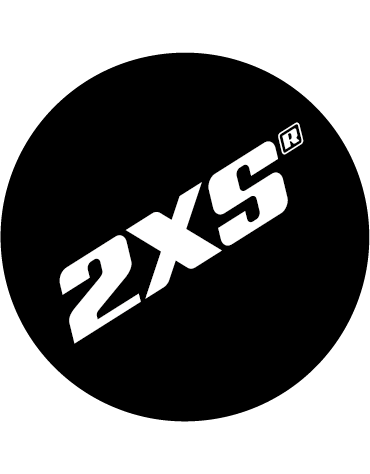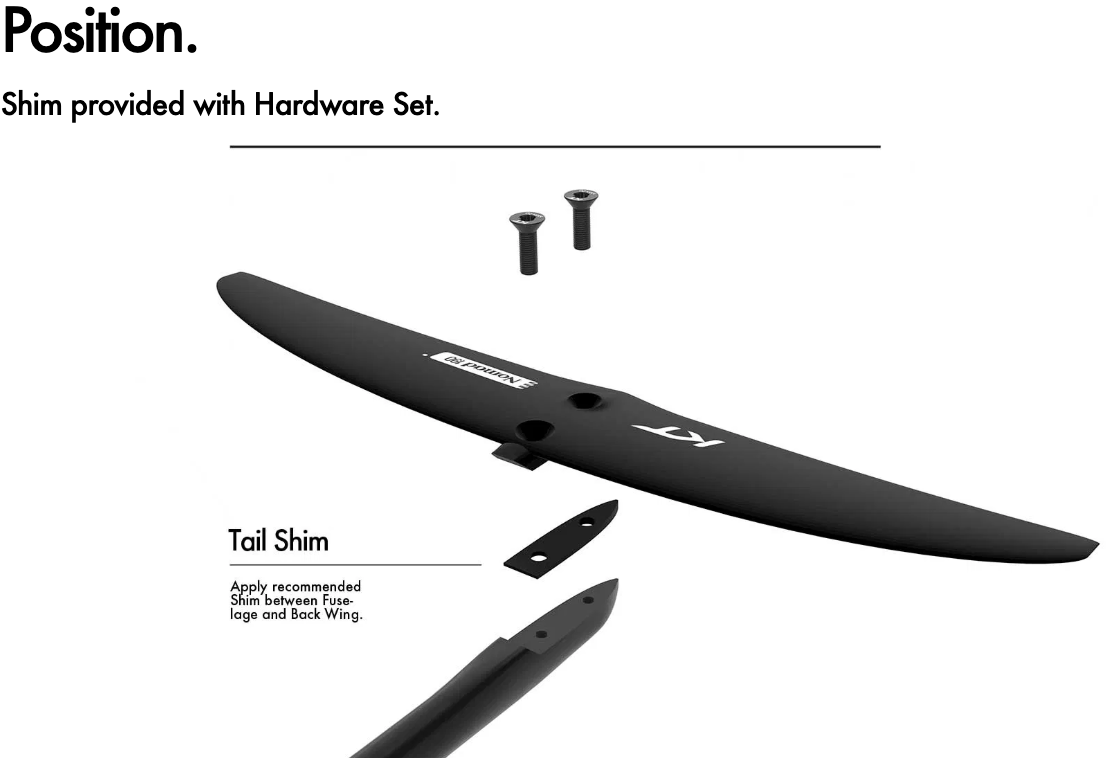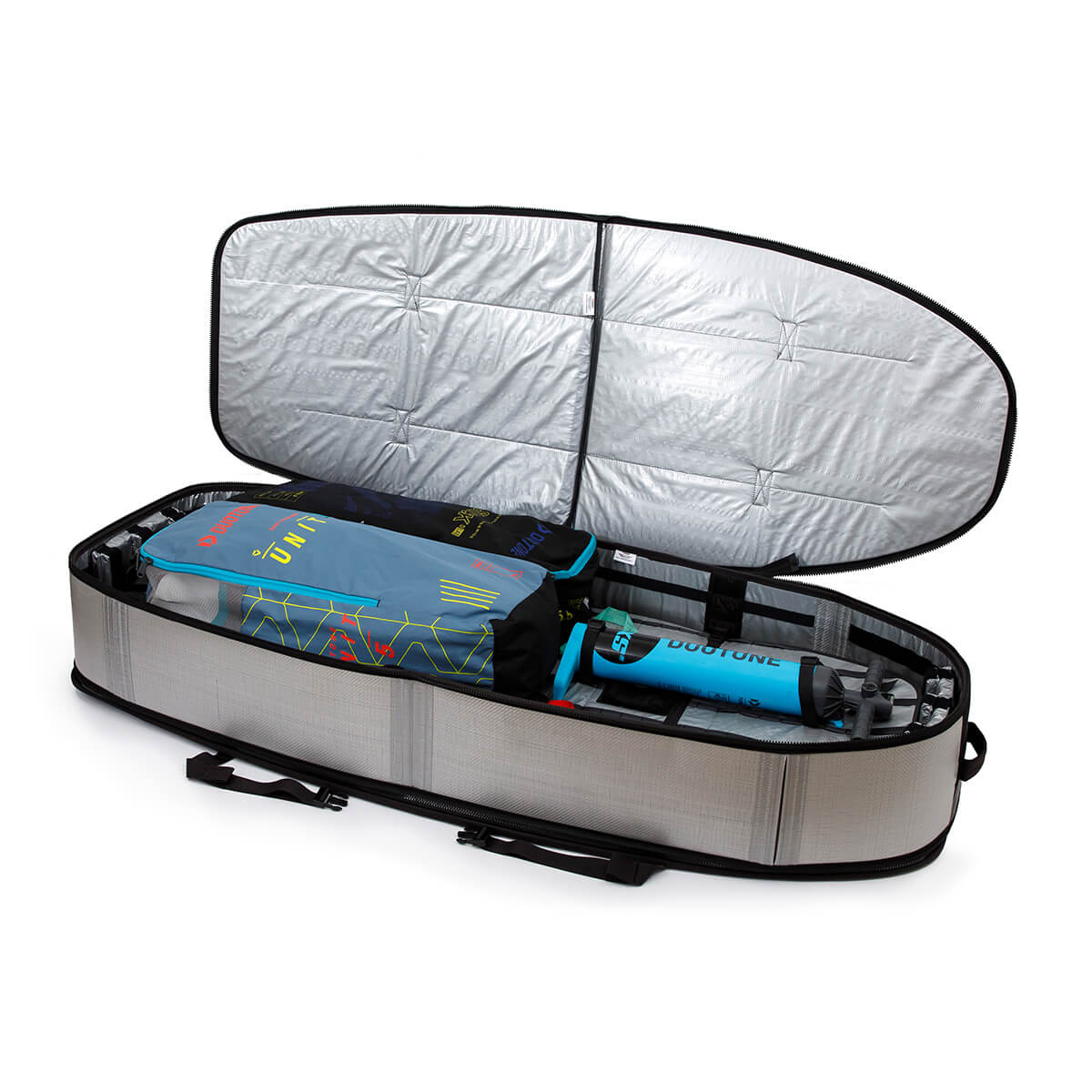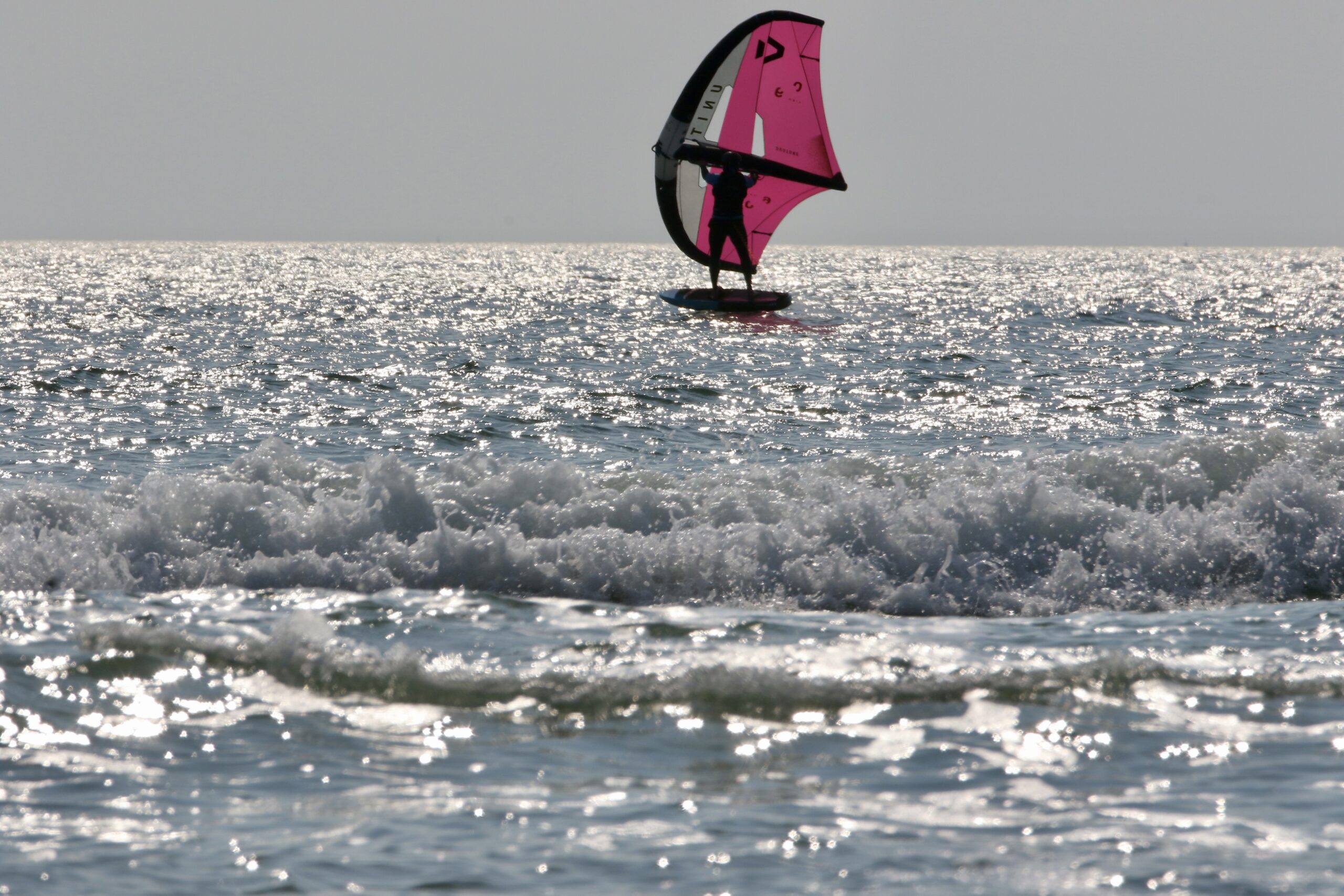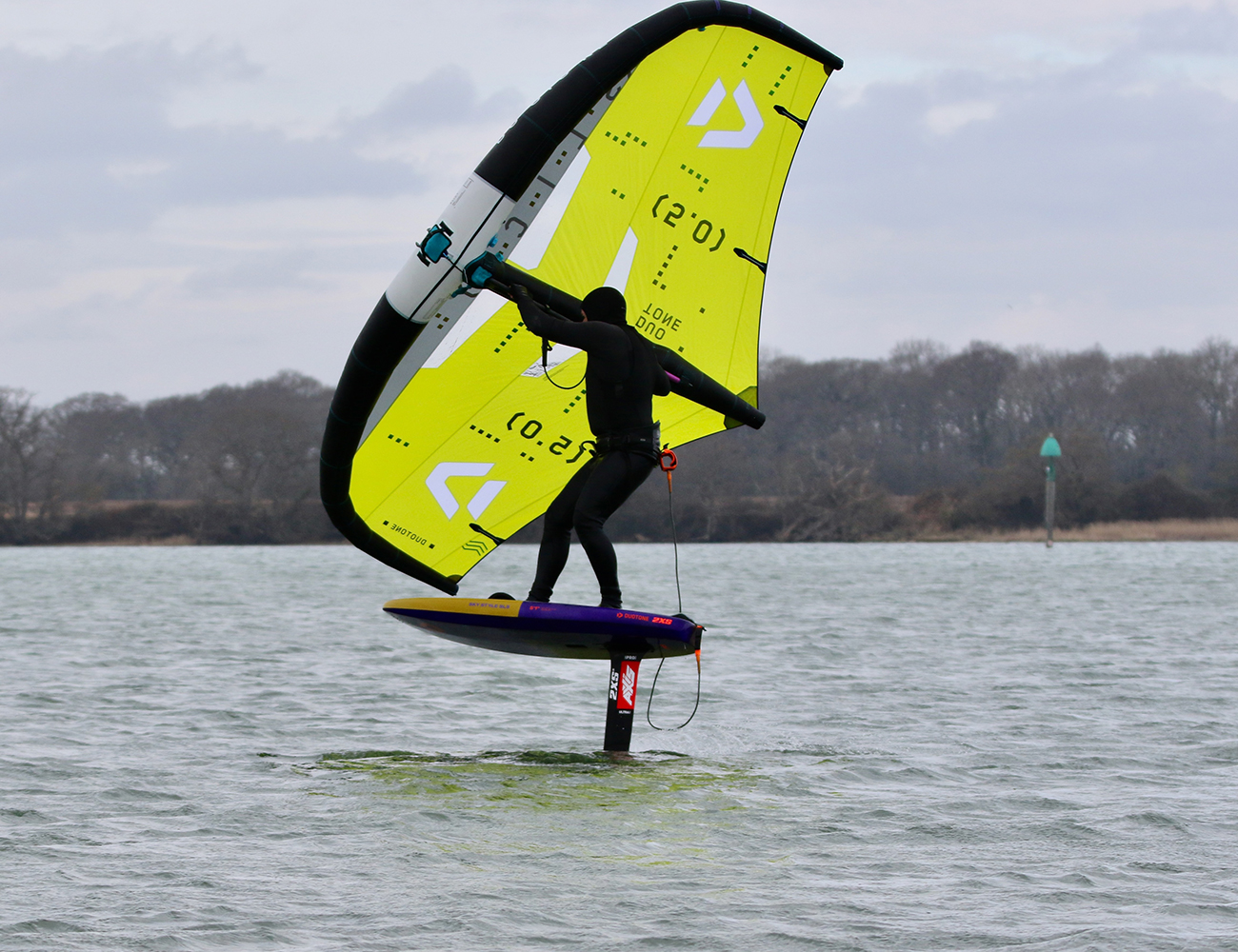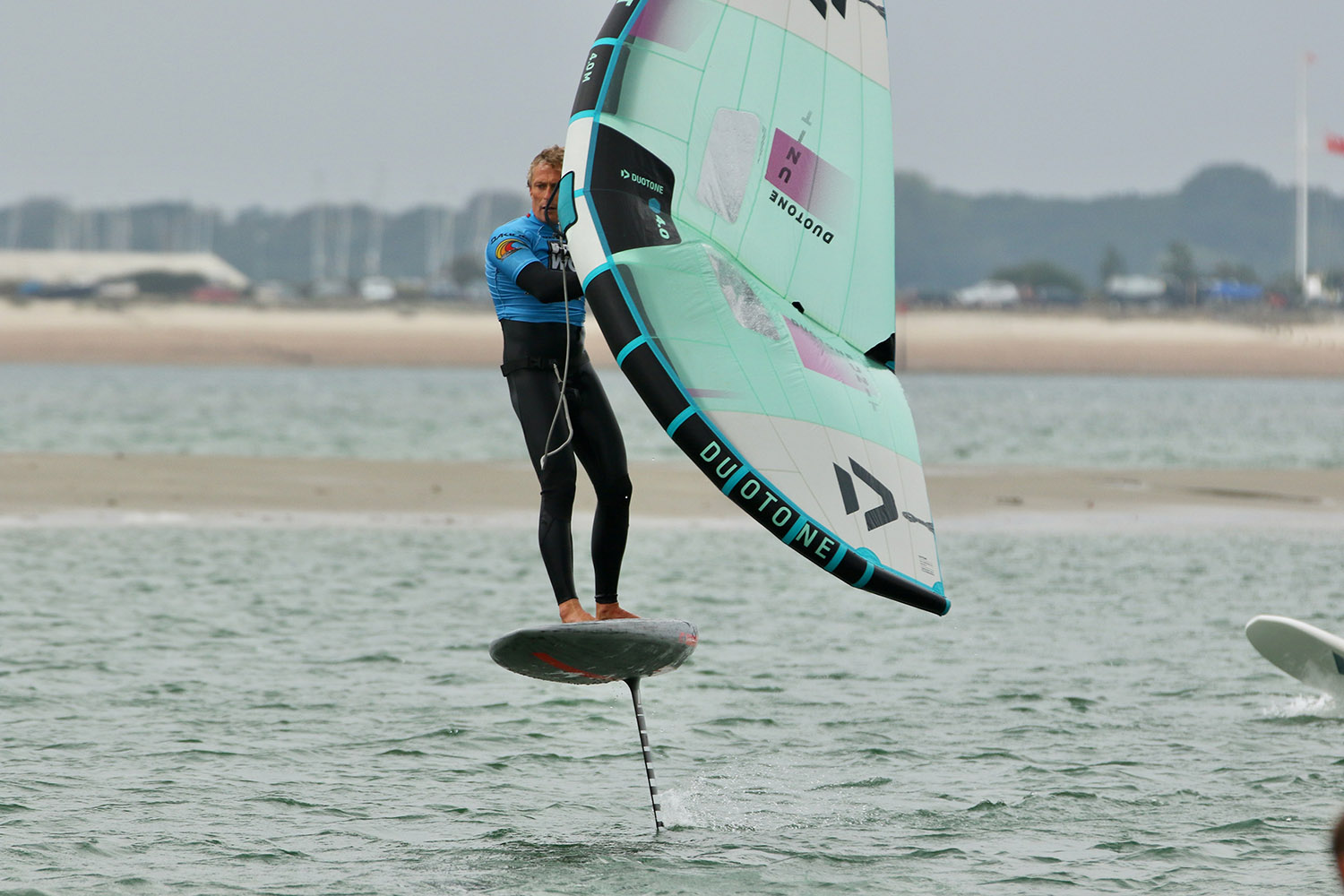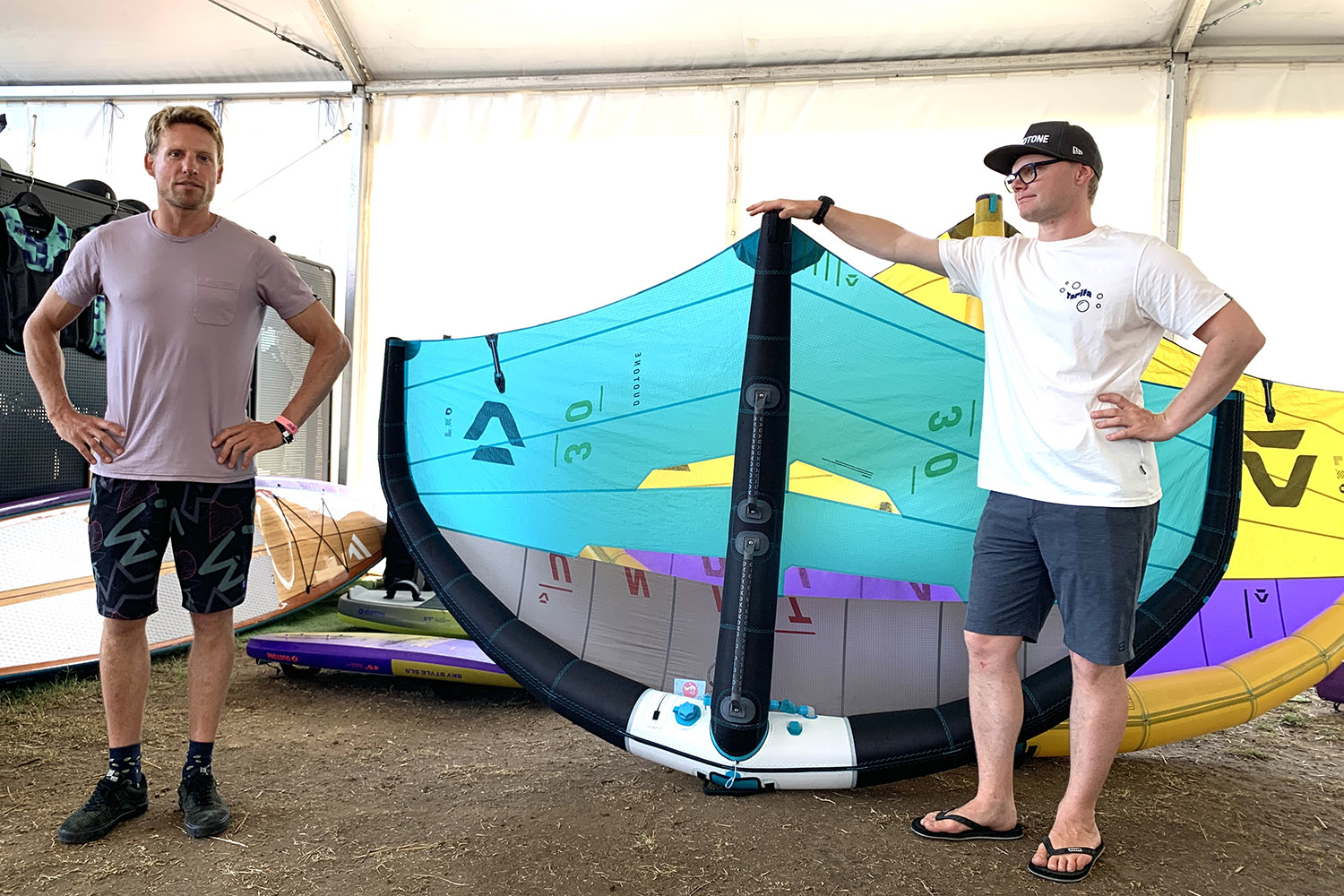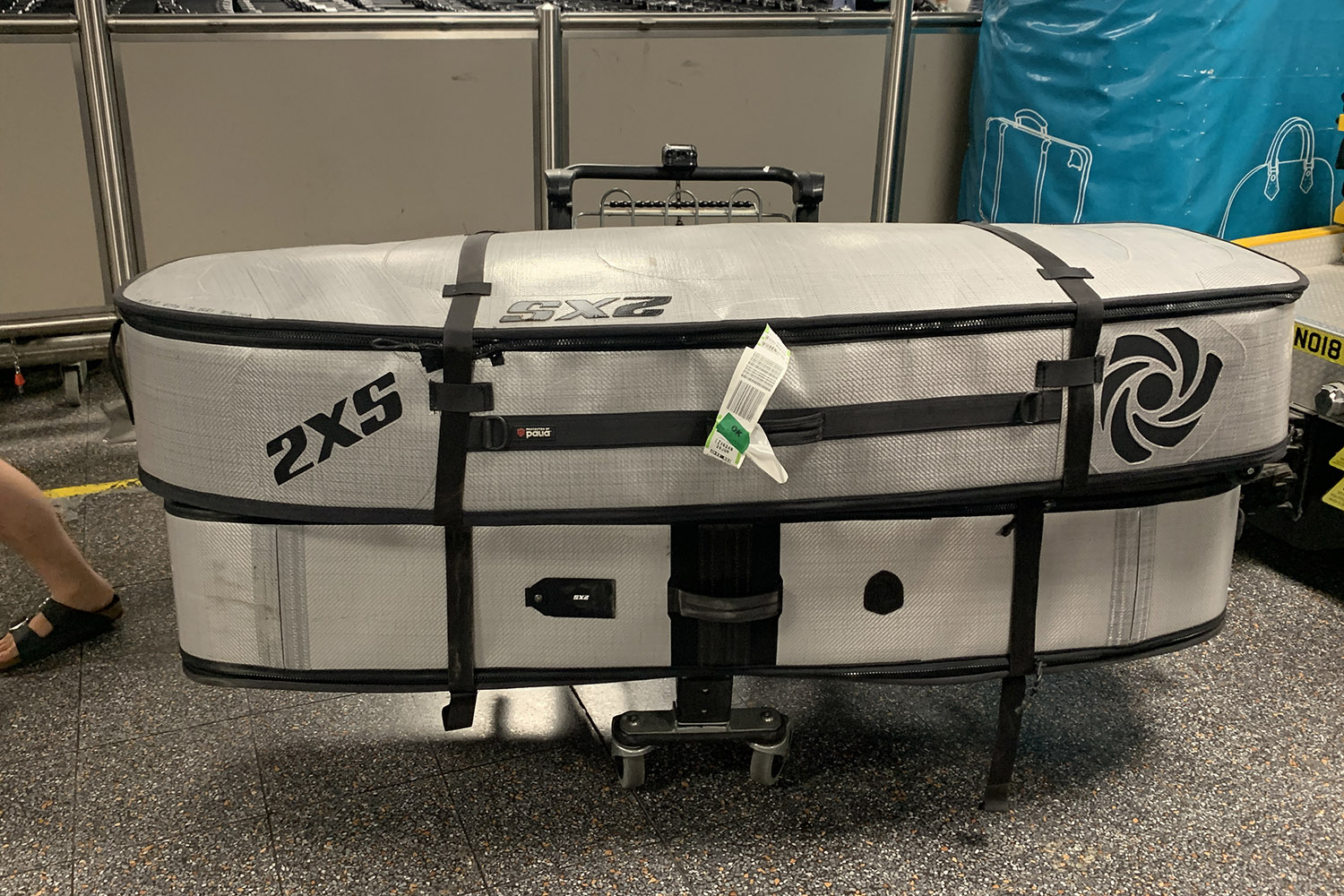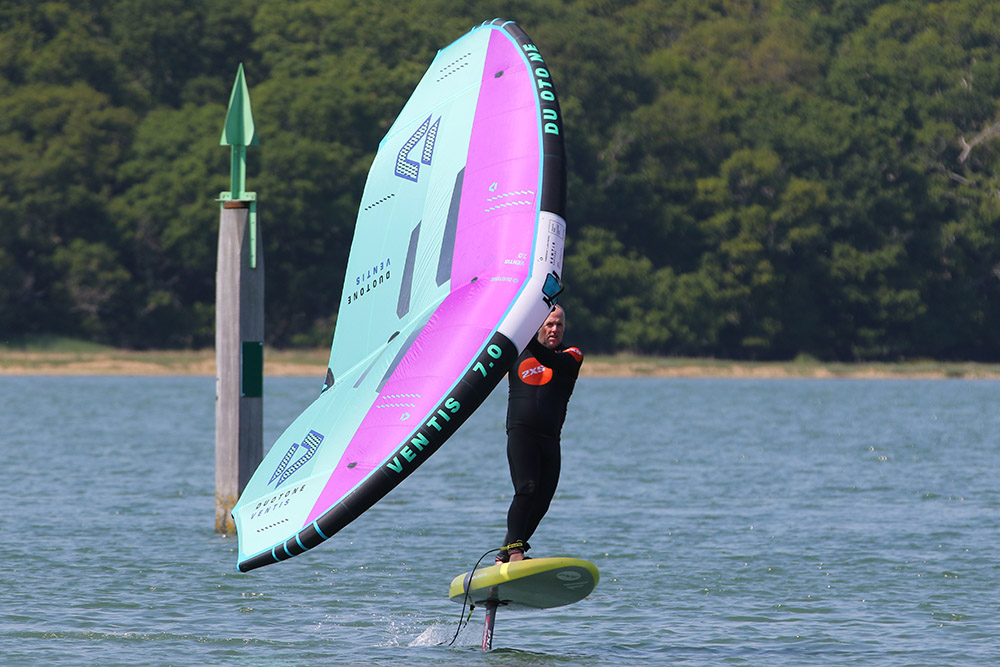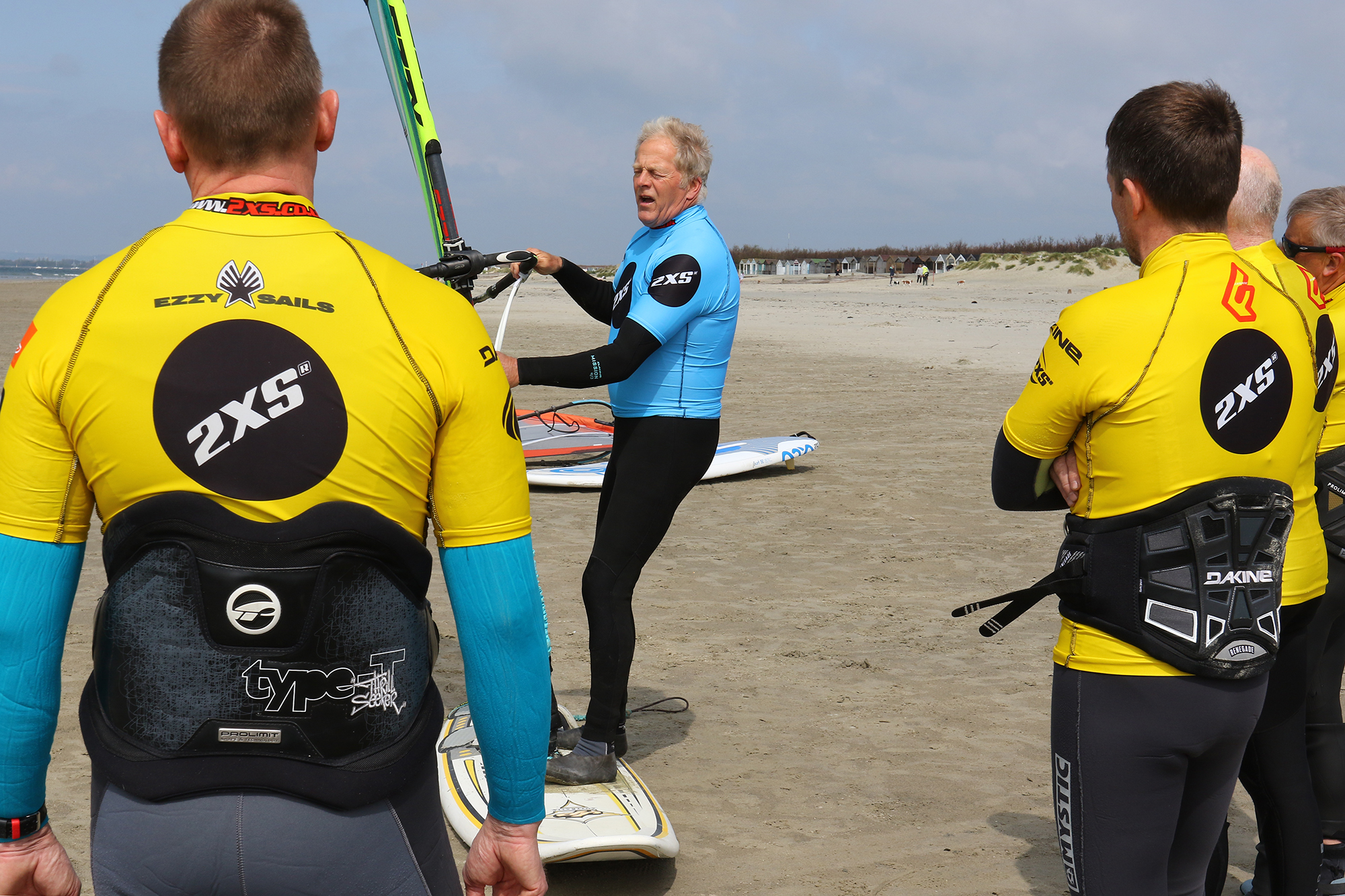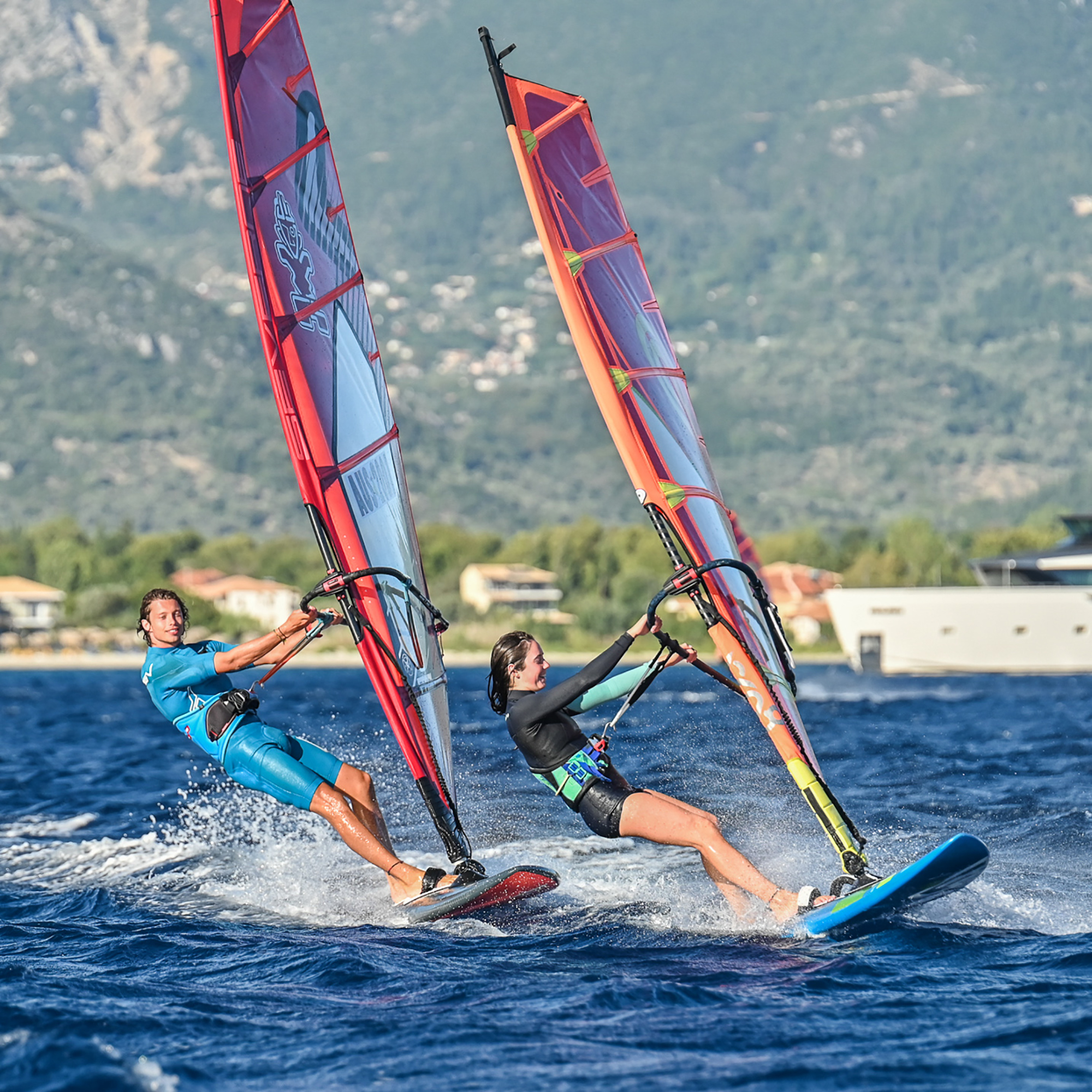KT Foiling: A Guide for Shim Set Up
Tail Shim Set Up Important. 1. You have to use a Tail Shim. – Without the use of the recommended tail shim between the back wing and the fuselage, the glide and performance of your KT Foil will be compromised. – Only use shims provided by KT Foiling. 2. Front Wing Value + Mast Value [...]
